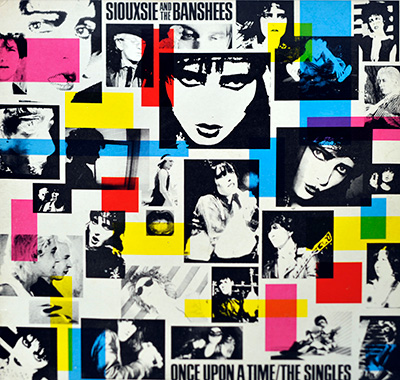"Once Upon a Time: The Singles" Album Description:
Siouxsie and the Banshees were masters of the single. Their songs, often propelled by Siouxsie Sioux's hypnotic vocals and swirling, experimental arrangements, were miniature sonic dramas in their own right. In 1981, the band encapsulated this strength with "Once Upon a Time: The Singles," a compilation that brought together their most potent standalone releases.
While the album served a practical purpose – compiling non-album singles for broader accessibility – it's more than just a collection. "Once Upon a Time" captures the band's thrilling evolution during their formative years. Early hits like the jagged "Hong Kong Garden" and the hypnotic "The Staircase (Mystery)" showcase the Banshees' raw post-punk energy, while later singles like the icy "Spellbound" and the playfully macabre "Arabian Knights" reveal the band's growing sophistication and embrace of darker, more atmospheric textures.
Crucially, several of these tracks hadn't appeared on any of the Banshees' existing four studio albums. "Once Upon a Time," then, was both a convenient entry point for fans and a treasure trove of essential material that painted a fuller picture of the band's development.
The album's artwork adds another layer of appeal. The front, back, and inner sleeve feature dynamic collages of photos showcasing Siouxsie Sioux's ever-changing looks and the band's striking stage presence. This visual mosaic reinforces the compilation's role as a time capsule, preserving moments of the band's thrilling growth and creative risk-taking.
Siouxsie and the Banshees continued to release groundbreaking albums throughout the 1980s and beyond, but "Once Upon a Time: The Singles" remains a compelling snapshot of a band at their most daring and immediate. It celebrates the unique power of the single format and highlights the band's undeniable impact on the alternative music scene.








